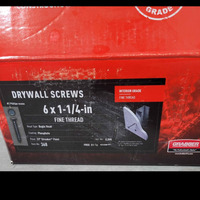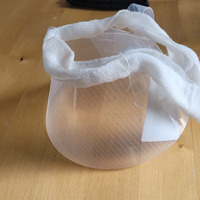A farmer in the Kleefeld area says though it has been a challenging harvest, yields have been good.
Marcus Dueck of Four Oak Farms has been growing hay, corn and soybeans this year. He notes the growing season got off to a wonderful start, before the summer turned dry.
"And then now we're really wet," he says.
According to Dueck, one of the challenges this year has been making dry hay. He notes in late summer and fall, it became increasingly more difficult to string together five or six nice days to make hay. Dueck says a saving grace for their farm has been the fact that they own a dryer, which means they can bale hay wet and then transport it back to the yard to dry.
As for their corn and soybeans, Dueck says they are about two-thirds complete with the soybean harvest and about one-quarter of the way done their corn harvest. He notes their soybeans have been yielding over 50 bushels per acre, while corn has been between 150 and 170.
"We've been very happy with that," he says. "I feel some of our better corn fields are yet to come, we just haven't got there yet."
Dueck says rain in recent days has stalled their harvest. And even though they have tracks on their combine, Dueck says it has reached a point where if they do not allow the ground to dry a little bit, they will make a mess on the field that cannot be repaired in time for seeding next spring.
"That's why we're choosing to sit still right now and wait for things to dry up a little bit," he says.
Either dry or up, or freeze.
"I almost feel like I could speak for everybody, but I really think that we would all love it to just freeze solid right now and then we could go," he says. "Then we wouldn't make a mess and then we'd be able to clean off the crop nicely."
Dueck says with harvesting corn, you do not need the header on the ground. Therefore, the ground can be wet, and harvest still works fine. But, with soybeans, he says you are pushing the header along the ground. If the ground is wet and sticky, you need to lift the header but then run the risk of leaving some crop behind.
He notes if the ground were now to freeze, one of the challenges that would face producers is that is that there is still a lot of manure to be hauled.
"And if the ground freezes, that's going to be the next challenge, of figuring out how to get that manure out to the fields," he explains.
Dueck adds that some of their fields are tile drained, which allows the water to move off fairly quickly. He notes that a handful of drying days now would allow them to get back out there.
As mentioned, Dueck says there is a lot of potential for the crop still on the field. He notes that because it is cold right now, the risk of mould is lower.
"The moisture definitely encourages some mould growth, but the temperature will help hold that back," he adds. "So quality in general, I don't think is going to change very much."
He says the bigger risk right now is the wind. With some stalks starting to break down, windy days will create some yield loss.




















